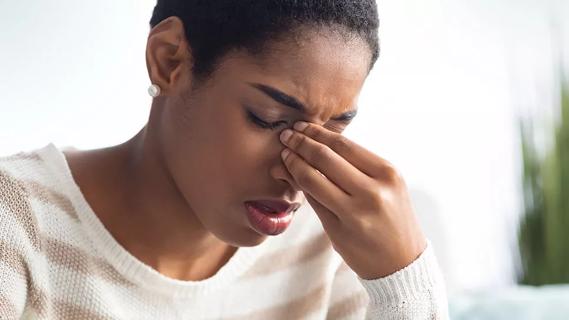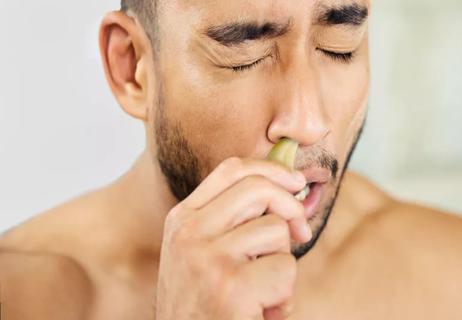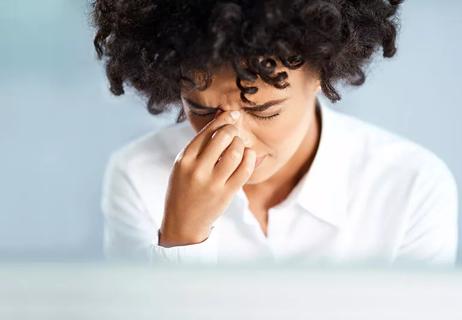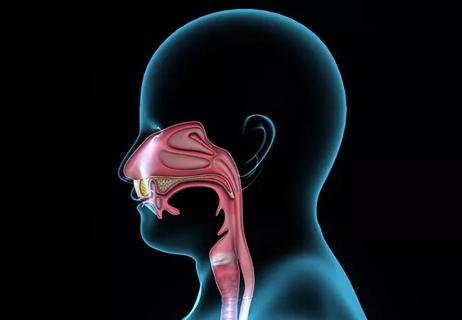Reduce unnecessary antibiotics to help your immune system

The “good bacteria” in our gastrointestinal tracts has gotten a lot of attention lately, but our guts aren’t the only places that host good bacteria. Our noses, sinuses and nasal passages contain similar colonies of beneficial bacteria.
Advertisement
Cleveland Clinic is a non-profit academic medical center. Advertising on our site helps support our mission. We do not endorse non-Cleveland Clinic products or services. Policy
The bacteria in these areas are starting to move into the spotlight as more research is done on the positive impacts those bacteria can have in preventing the bad bacteria from colonizing and the negative impacts that result when we destroy the good bacteria.
“There are a lot of bacteria that colonize our nose and throat that are supposed to be there,” says head and neck specialist Michael Benninger, MD. “But primarily due to overuse of antibiotics, we have changed the colonies in our nose to bacteria that are more harmful.”
Among these are bacteria that lead to some of the common staph, streptococcus pneumonia, H-flu, sinusitis and strep throat infections that regularly plague people, he adds.
Preserving the good bacteria starts with a more conservative use of antibiotics. That means physicians are now less likely to prescribe antibiotics to treat infections that don’t always warrant their use.
“The principles of sinus therapy, particularly since many people were being treated for viruses where antibiotics aren’t helpful anyway, are to avoid antibiotic use, unless it is very clear that it is a bacterial infection,” explains Dr. Benninger. “That will allow our normal bacteria to recolonize our nose, nasopharynx and throat so they can fight infections naturally.”
Advertisement
Right now, the best steps you can take are related to prevention of infections, including the following:
Like gut flora, good nasal flora will eventually have probiotics to help nourish and cultivate them. Some of these products are already in use in Europe. However, they have not yet been approved in the United States because of the more stringent FDA regulations.
“Right now, we’re in preventive mode,” Dr. Benninger says. “But in the future, we will likely be using probiotics in the nose and sinuses, similar to what we do in the GI tract.”
Advertisement
Learn more about our editorial process.
Advertisement

Give it seven to 10 days, but if your symptoms linger or get worse, it’s time to see a healthcare provider

Here’s one TikTok trend you shouldn’t try

Some things you can do to ease symptoms

Decoding which is which

How to deal with this common condition

The Short Answer from an otolaryngologist

Most recommended precautions center around minimizing bruising or swelling

Type 2 diabetes isn’t inevitable with these dietary changes

Applying a hot or cold compress can help with pain